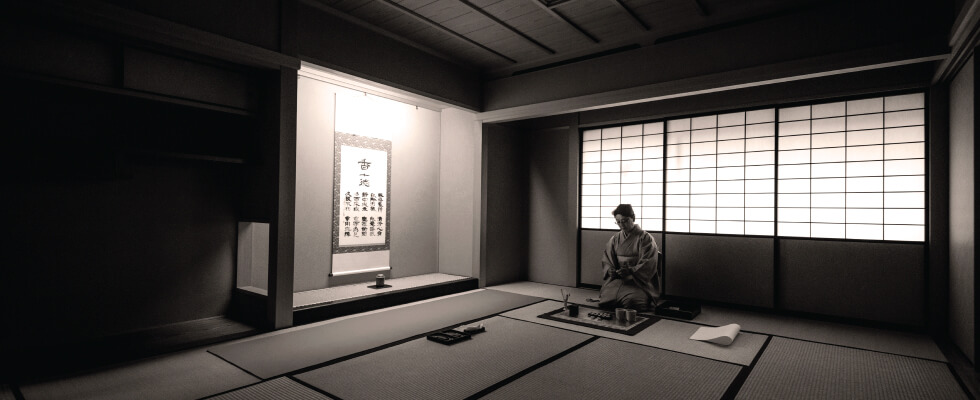
The History of Incense
The word "perfume" comes from Old Provincial French perfumar - per "through" and fumar "to smoke". This explains the art of perfumery, believed to have begun in the Middle East with the burning of incense. The use of incense dates back to biblical times and may have originated in Egypt, where aromatic trees were imported from Arabia to be used in religious ceremonies.
Ganjin, a Buddhist priest from Tang China, reached Japan in 754 AD. This venerable priest, well known for introducing Buddhist precepts into Japan, should also be remembered for his accomplishment in the history of incense. through medical incense and the skill of nerikoh (blended incense balls), Ganjin introduced a thriving incense culture from Tang dynasty China into Japan.
Takimono, a kind of nerikoh, is made of powdered incense for medical use, together with binding substances such as nectar and treacle. there was no fragrance incense before nerikoh in Japan, and people used to burn medical incense to generate fragrances. As nerikoh is a mixture of ingredients, different mixtures created subtly different fragrances. As a result, people made their own favorite fragrances from original concoctions. In this context, incense was no longer used as a religious offering, but as a tasteful pleasure called soradakimono designed for the enjoyment of graceful aromas. This was the start of the esthetic and artistic world of graceful incense-burning in Japan.
Court nobles in the Heian period (8th to 12th centuries) concocted original takimono in search of graceful and sophisticated fragrances for personal use. Different blends were used for different times, occasions or seasons, according to the mood of the moment. To impregnate their clothes or suffuse their rooms for guests, court people burnt their favorite blend of incense. “Takimonoawase”, an incense game where participants competed to produce better fragrances, also started in this period. Not quite satisfied with the simple fragrances of flowers and fruits in nature, court nobles created fragrances for their pleasure, thus establishing the foundation of a peculiar incense culture that was firmly attached to a keen awareness of the seasons. This is how the essential quality of Koh-Do (“the Way of Incense”) was formed.
|
|
|